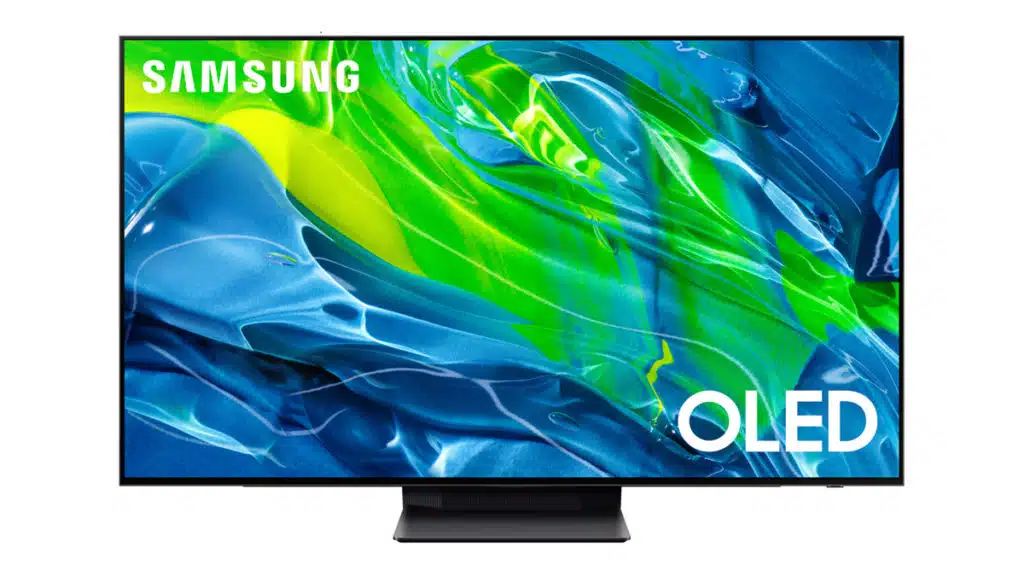
One of the biggest problems with OLED displays is burn-in, whereby static images (e.g., HUDs in video games) may become permanently affixed to the screen due to the aging of pixels, losing brightness as time goes on. Although engineers have yet to find a solution to this problem aside from workarounds that include pixel refreshing techniques, LG Display is now claiming that its OLED panels are less likely to get burn-in than QD-OLED displays, with a company rep calling out Samsung during a press call this week about how its competing screens are more susceptible to the problem. LG’s claims were prompted by the results of Rtings.com’s longevity tests, which suggest that TVs using Samsung’s QD-OLED panels, such as the S95B, could show signs of burn-in after just two months.
From a Forbes report:
First, LG Display showed screen shots taken from respected technology review website Rtings of the current results of long-term accelerated image retention tests it’s been running on a range of TVs since November 16th last year. These screen shots showed images from LG Electronics’ 2022 G2 and C2 OLED TVs that appeared to be completely free of any permanent image retention, alongside screen shots of two TVs that use Samsung Display’s QD OLED technology, Samsung’s S95B and Sony’s A95K, that both showed signs of image burn-in. The issue was particularly clear on Samsung’s S95B.
This independent third party ‘proof’, as LG Display sees it, of QD OLED’s increased susceptibility to screen burn was then further followed up in the presentation with a straightforward explanation of why LG Display’s so-called WOLED technology is less susceptible to screen burn than its rival’s QD OLED system.
It all boils down to the fact that since LG Display’s OLED panels use a white subpixel in the creation of their pictures (something that Samsung has criticised them for over the years, on the grounds that they don’t deliver a pure RGB picture), the RGB subpixels in LG’s WOLED panels are subject to much less stress over time than QD OLED’s RGB subpixels are. And since it’s the ‘fatiguing’ of specific areas of RGB pixels by prolonged exposure to static image elements that causes screen burn, it therefore follows that a pure RGB solution is going to be more susceptible to screen burn than a WOLED one.
From a Rtings.com post:
Question: The first results seem to be showing image retention on the Samsung S95B, while the LG C2s and others are showing none. Any idea of why this would be? Is this evidence of the new QD-OLED indeed being less resilient than the older WOLEDs, or can this be attributed to something in the testing methodology? I’m concerned because I just bought a 65-inch S95B and am in a relatively narrow time window to return the TV. I’m definitely not interested in keeping a $2000 TV if it’s vulnerable over time to noticeable burn in.
Rtings.com: This is a definitely a great question, and we’re doing our best to get a proper answer for everyone ASAP. As I’m sure you know though, we don’t typically feel comfortable speculating without having enough data to back it up. So, it isn’t something we have an answer for at moment. However, we’re continuing to investigate this situation, and as soon as we have arrive to a conclusion, we’ll make sure to let everyone know!
